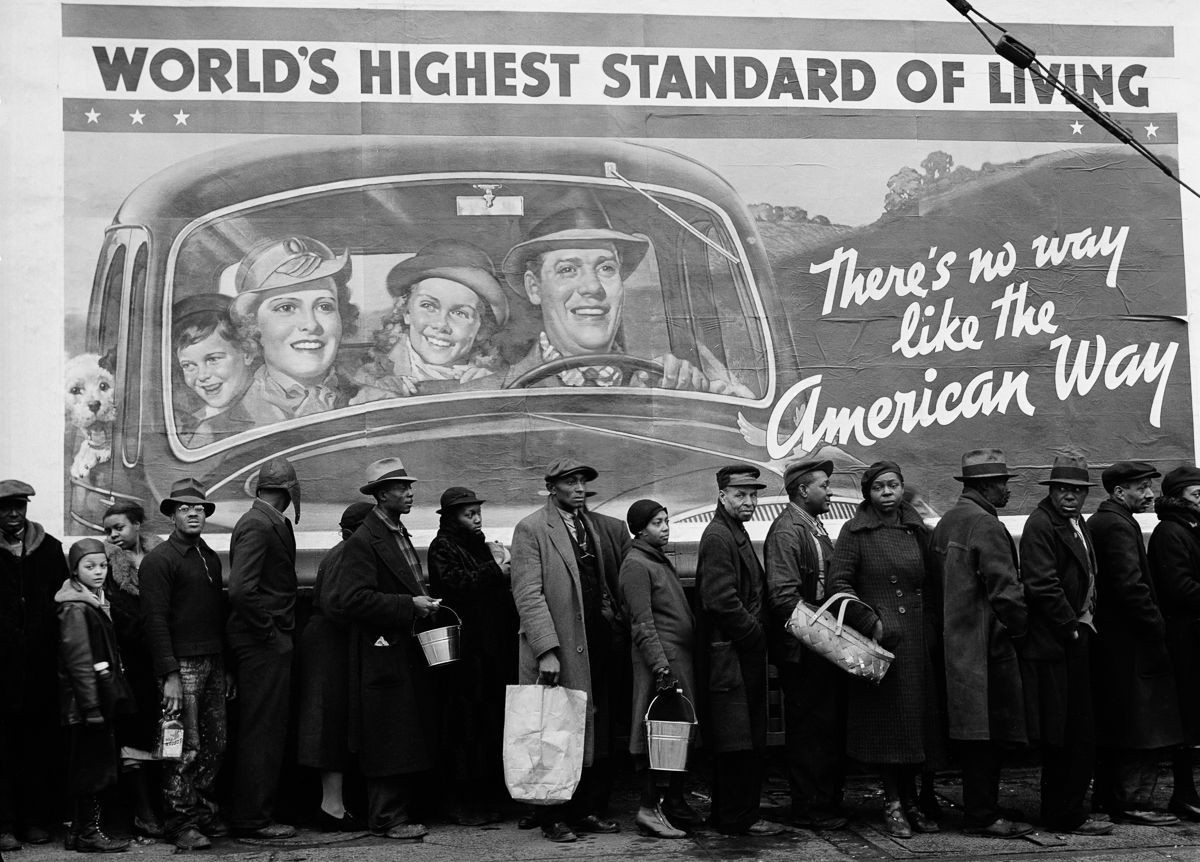
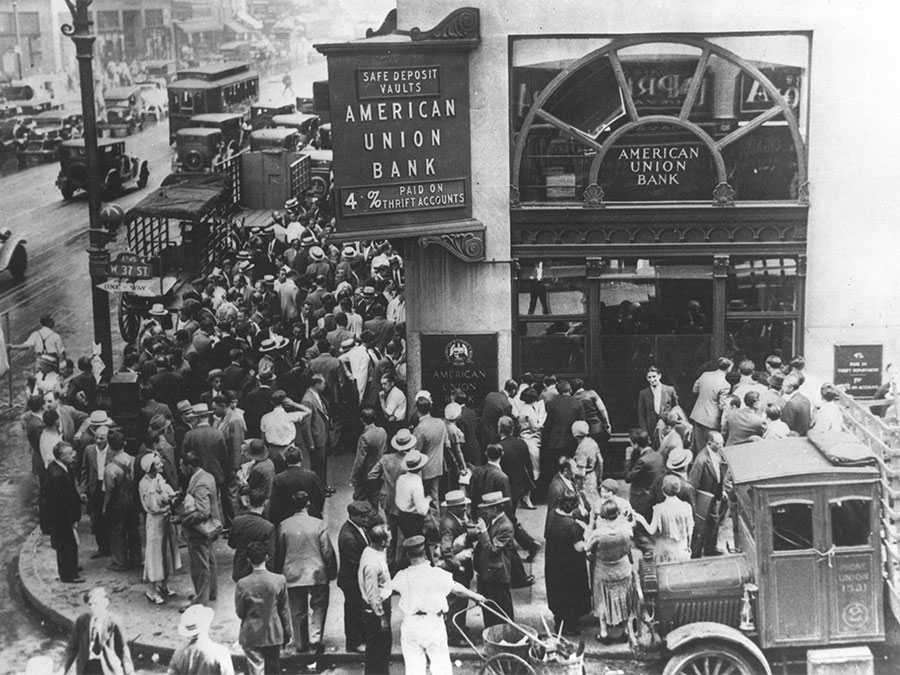
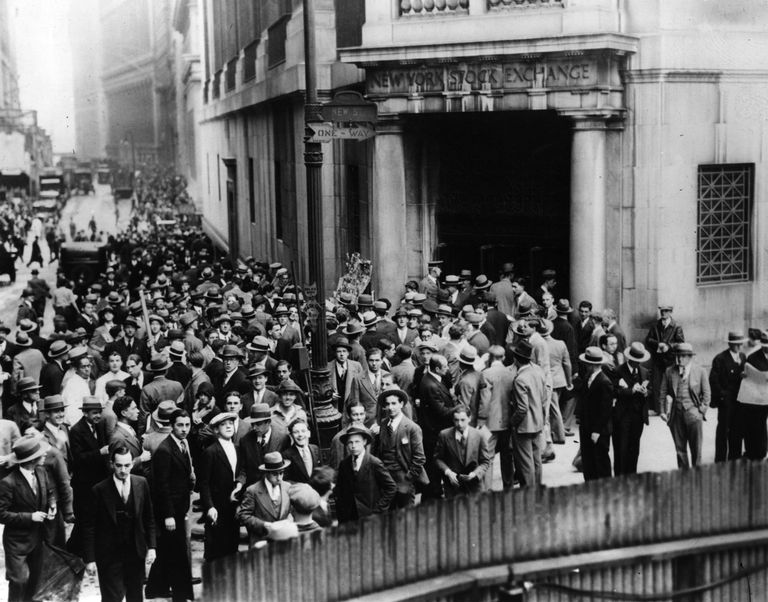
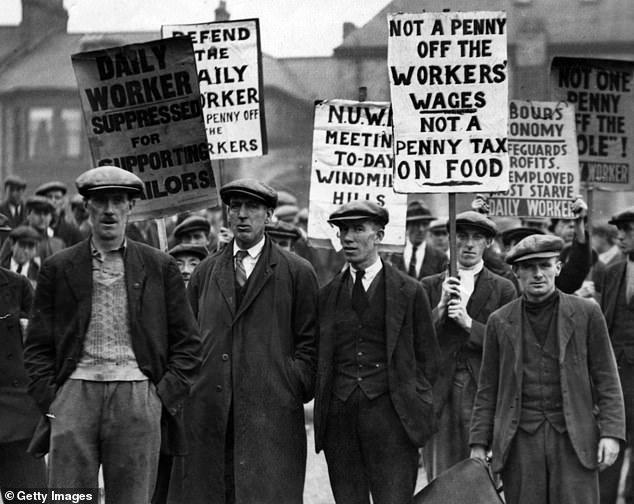
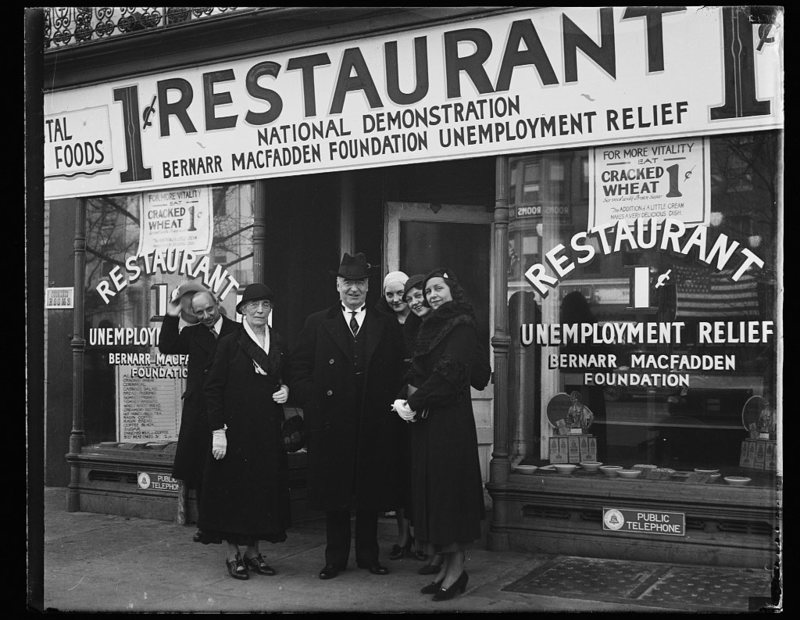
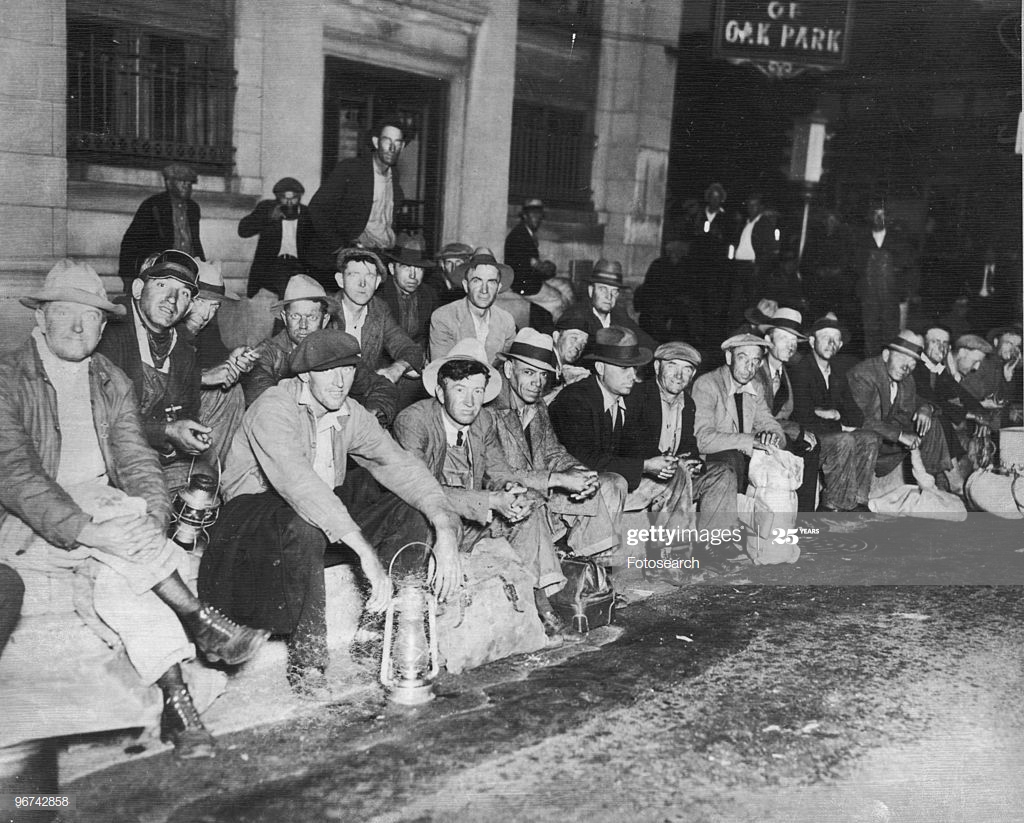
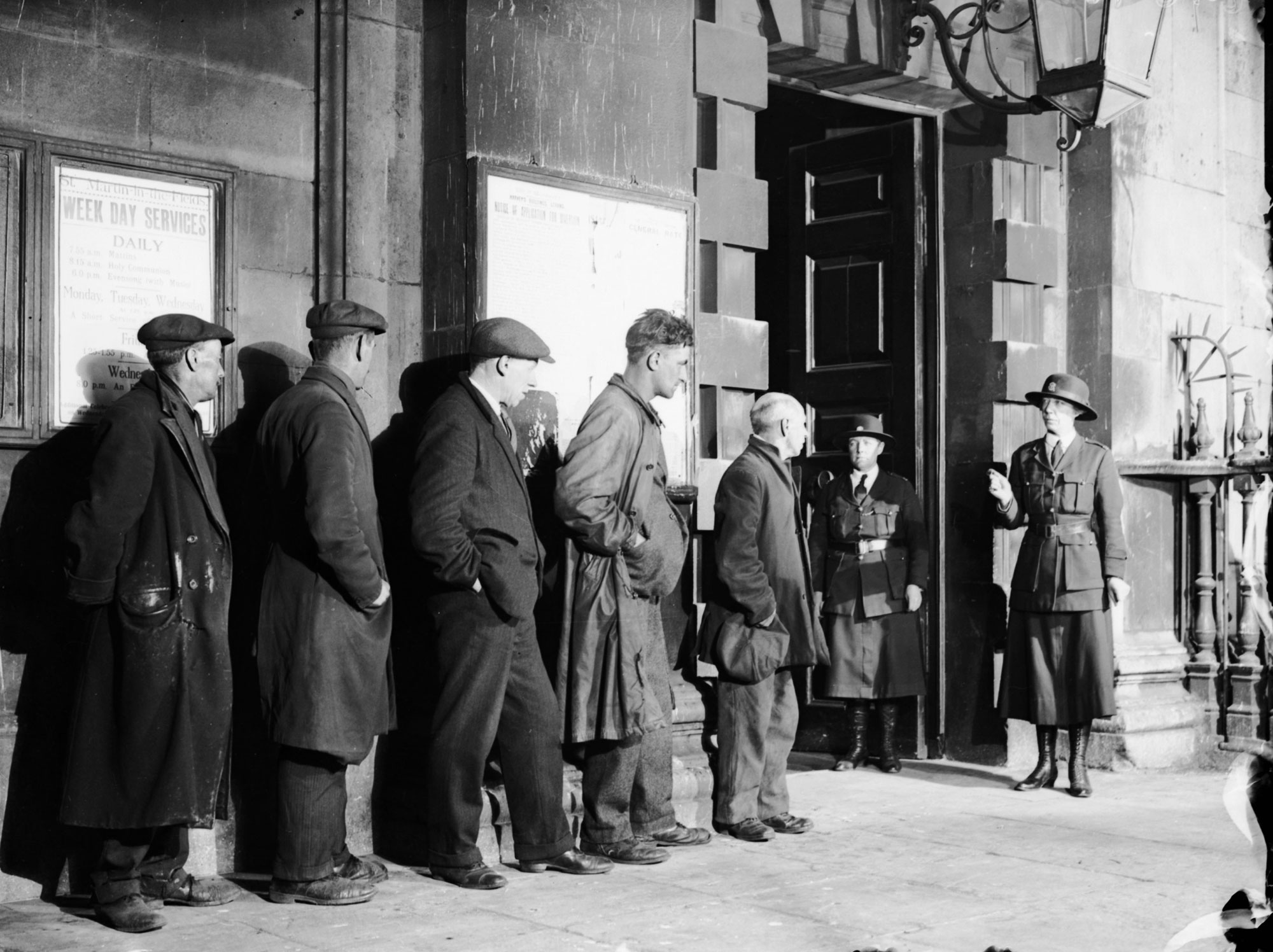
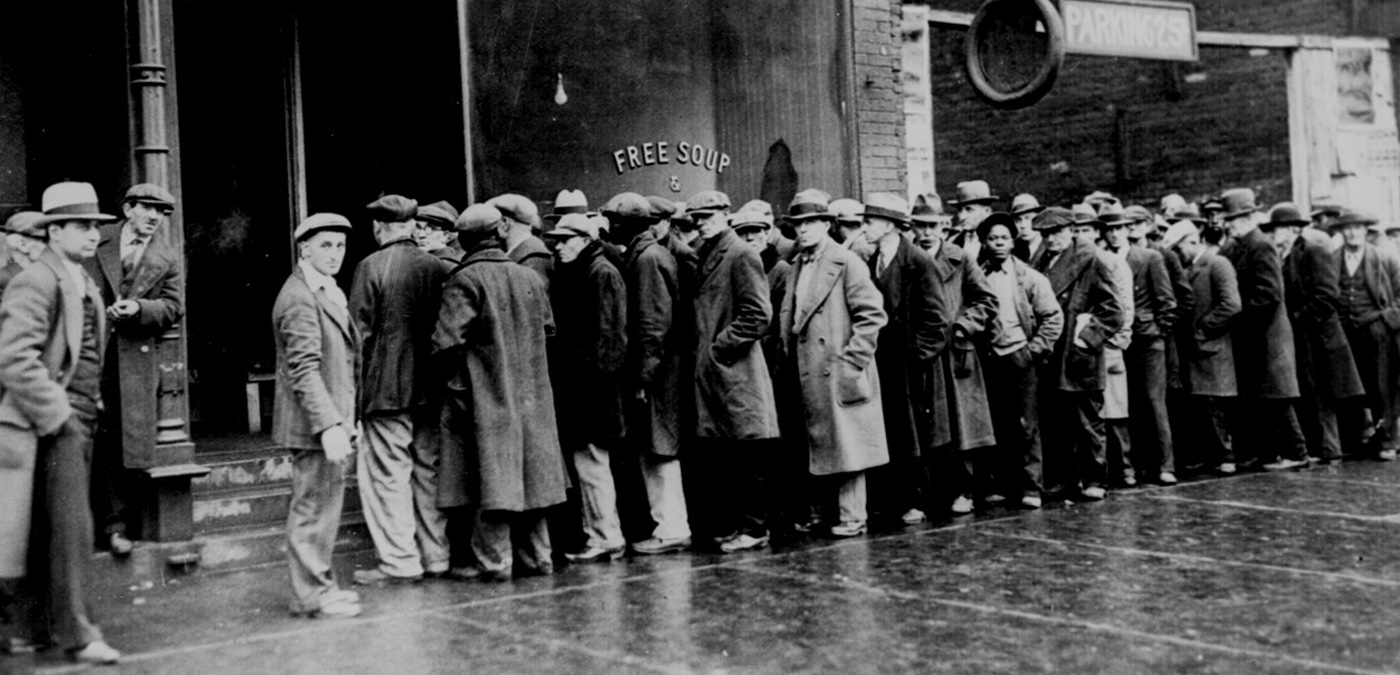
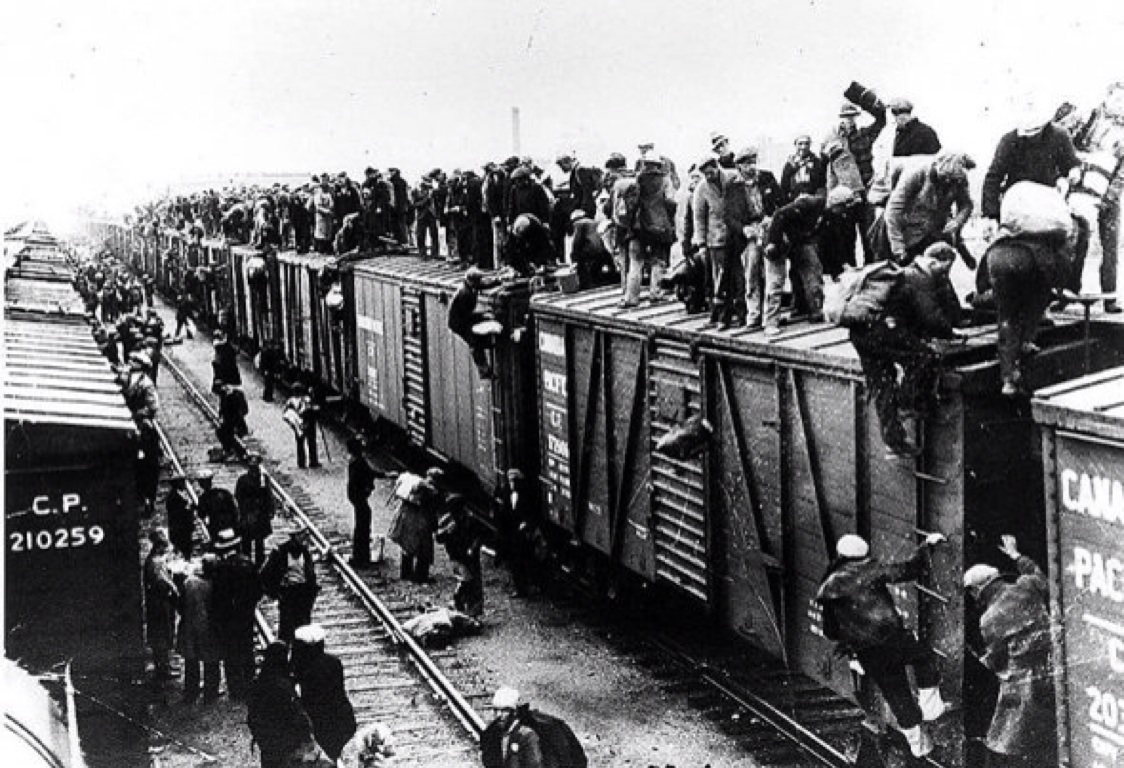
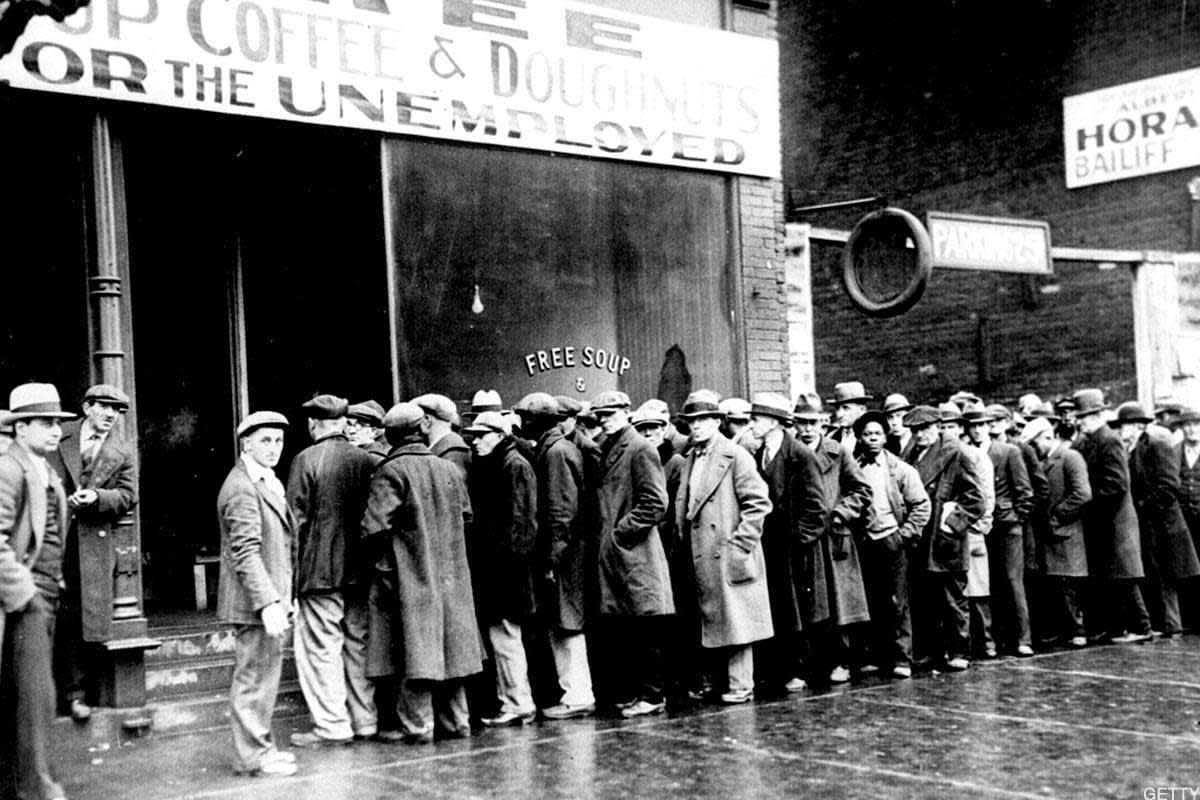
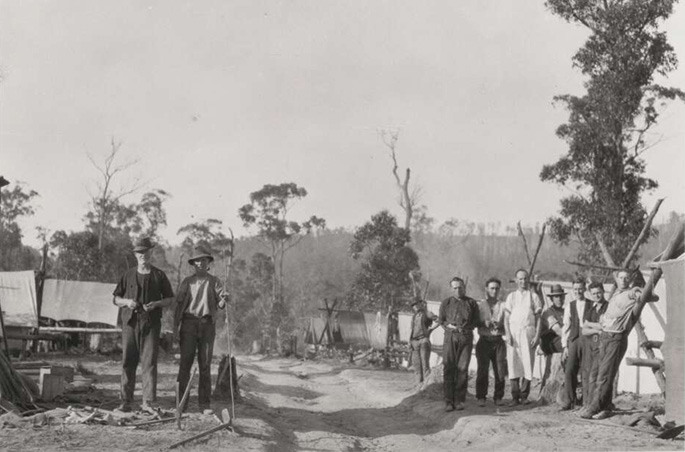
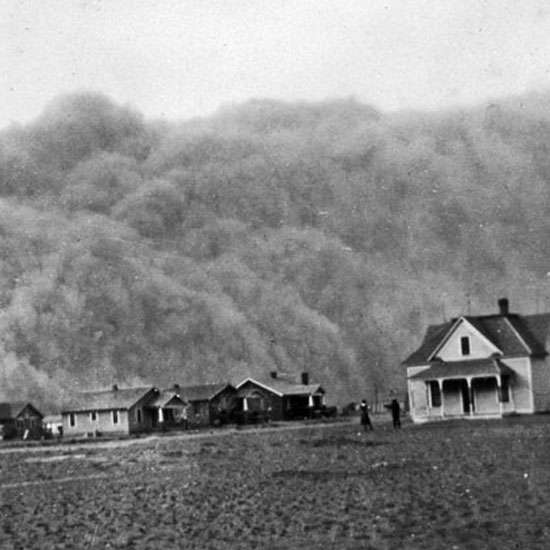
The Dust Bowl (also known as the The Dirty Thirties) was a period in the 1930s that suffered severe dust storms during a dry period. High winds swept choking dust all over Texas and even into Nebraska. People and livestock were killed and crops failed across the entire region. The Dust Bowl intensified the devastating economic impacts of the Great Depression and sent many farmers on a desperate migration in search of work and better living conditions.
When Franklin D. Roosevelt took office in 1933, he acted quickly to stabilize the economy and provide releif to those that were suffering. In the first 100 days of FDR taking office, he asked Congress to take the first step toward ending Prohibition and in May, he signed the Tennessee Valley Authority Act into law which created the TVA and allowed the federal government to build dams along the Tennessee River in order to control flooding and generate cheap hydroelectric power for people in the region. In his first 100 days of taking office, FDR had won passage of 12 other major laws including the Glass-Stegal Act and the Home Owners' Loan Act.
The Social Security Act was signed into law in 1935 by Franklin D. Roosevelt. This law created Social Security which was a federal safety net for elderly, unemployed, and disadvantaged Americans. The main goal of this law was to provide financial benefits to retirees over 65 based on lifetime payroll tax contributions. This law also established the Social Security Board which eventually became the Social Security Administration.
As unemployed were evicted from their homes, shantytowns began to appear. When the government failed to provide relief to Americans, the unpopular President Herbert Hoover was blamed and the shantytowns that popped up across the nation were known as Hoovervilles. Hooverville shanties were usually built out of salvaged materials such as cardboard, tar paper, glass, lumber, or tin. Some homes weren't even homes at all, sometimes they were deep holes in the ground with makeshift roofs laid over them to keep out the weather. Hoovervilles varied in population and size. Some were as small as a few hundred people while others had thousands of people.











